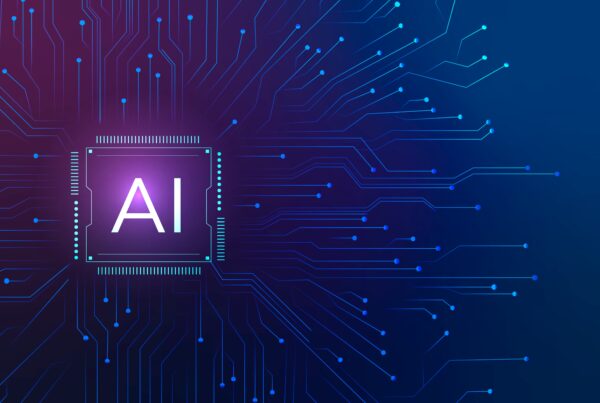The Role of AI in Automotive Software Testing: Hype vs. Reality
Introduction
As we step into 2025, automotive software is more complex than ever. AI-powered testing tools promise to revolutionize verification and validation (V&V), but how much of this is hype, and how much is reality?
The Hype: AI Can Fully Automate Testing
AI-driven solutions claim to generate test cases, predict defects, and optimize testing without human intervention. The promise is faster testing, lower costs, and improved accuracy.
The Reality: AI as an Enhancement, Not a Replacement
Struggles with Edge Cases
While AI excels at pattern recognition and automated test execution, it struggles with unpredictable edge cases. These scenarios are especially critical in safety-critical automotive applications where minor errors can lead to catastrophic failures. AI models are only as good as the data they are trained on, meaning rare or unique situations – such as extreme weather conditions, unexpected pedestrian behaviour, or unusual road layouts – can go untested. Unlike human engineers, AI lacks real-world intuition and the ability to anticipate unlikely but possible failures, which makes human oversight crucial in validating autonomous vehicle behaviour (Amodei et al., 2016).
Regulatory and Safety Compliance
Automotive software testing is heavily regulated, with strict compliance requirements under standards such as ISO 26262 (functional safety) and ISO/SAE 21434 (cybersecurity). AI models introduce a level of probabilistic decision-making, which regulators are hesitant to accept due to its lack of explainability. V&V processes must be auditable and deterministic, ensuring repeatability and traceability of test results. AI-based testing methods often struggle with these requirements because their decision-making processes can be opaque, making it difficult to trace the root cause of failures (Doshi-Velez & Kim, 2017). Until AI-driven testing achieves the necessary level of transparency and predictability, it will remain a complementary tool rather than a primary validation method.
The Human Factor
AI can execute test scripts at scale and speed, but it lacks human intuition, domain expertise, and the ability to interpret nuanced system behaviour. Automotive software involves not only functional correctness but also usability, driver interaction, and unexpected system interactions that require subjective evaluation. Engineers bring a contextual understanding that AI simply cannot replicate—such as recognizing false positives, understanding real-world driver responses, and ensuring that ethical considerations in autonomous vehicle behaviour are met (Brynjolfsson & McAfee, 2017). While AI can flag anomalies and automate repetitive tasks, final validation still depends on human engineers to make safety-critical judgments and ensure compliance with industry standards.
Where AI is Making an Impact
- Automated Test Case Generation – Reduces manual effort and improves test coverage.
- AI-Powered Anomaly Detection – Identifies patterns and defects faster than traditional methods.
- Predictive Maintenance & OTA Testing – Flags risks before software deployment.
- Intelligent Test Prioritization – Optimizes testing efforts and execution time.
The Future: AI + Human Expertise
AI accelerates testing but cannot replace human engineers. The future lies in a hybrid approach, combining automation with traditional V&V methodologies.
Final Thoughts
While fully autonomous AI-powered testing remains distant, organizations leveraging AI strategically will gain a competitive edge. AI will shape the future, but human expertise will remain essential.
If you’re exploring new opportunities in the Verification & Validation space or looking to hire top talent in this field, feel free to reach out to Dan Denkl at ddenkl@akkar.com.
How do you see AI transforming automotive software testing? Let’s discuss!
References Amodei, D., Olah, C., Steinhardt, J., Christiano, P., Schulman, J., & Mané, D. (2016). Concrete Problems in AI Safety. arXiv preprint arXiv:1606.06565. Brynjolfsson, E., & McAfee, A. (2017). Machine, Platform, Crowd: Harnessing Our Digital Future. W. W. Norton & Company. Doshi-Velez, F., & Kim, B. (2017). Towards A Rigorous Science of Interpretable Machine Learning. arXiv preprint arXiv:1702.08608.







